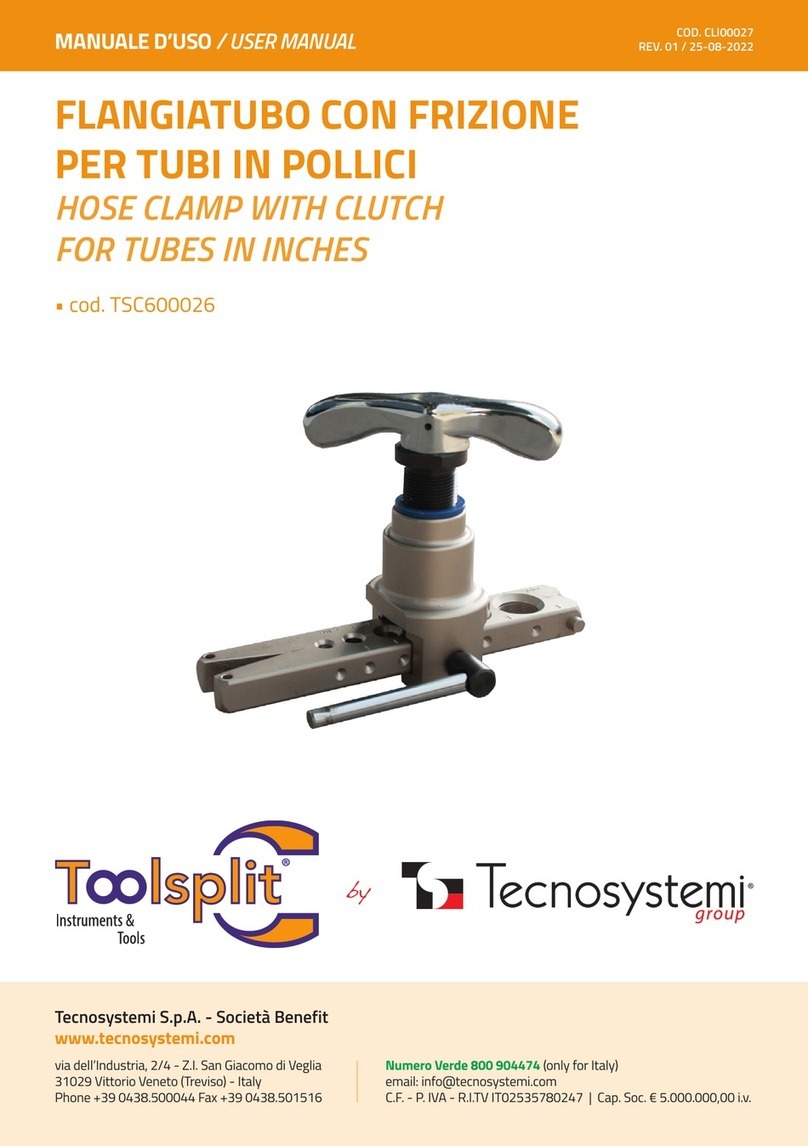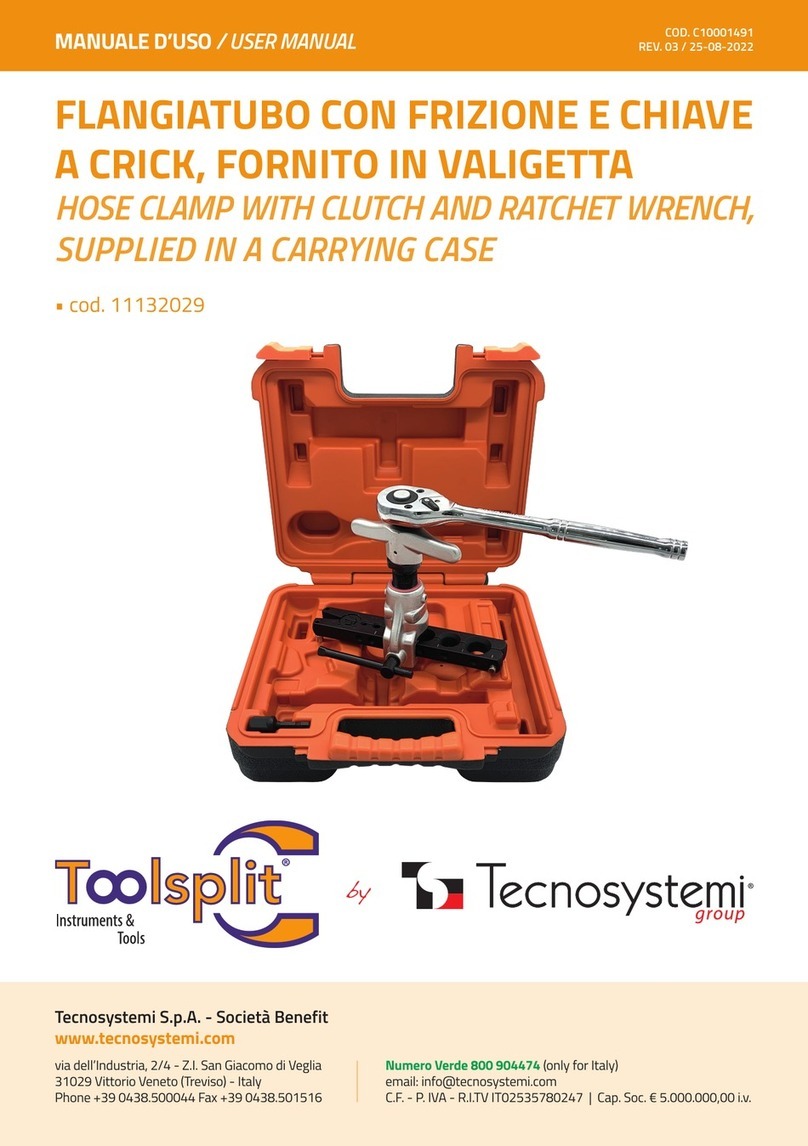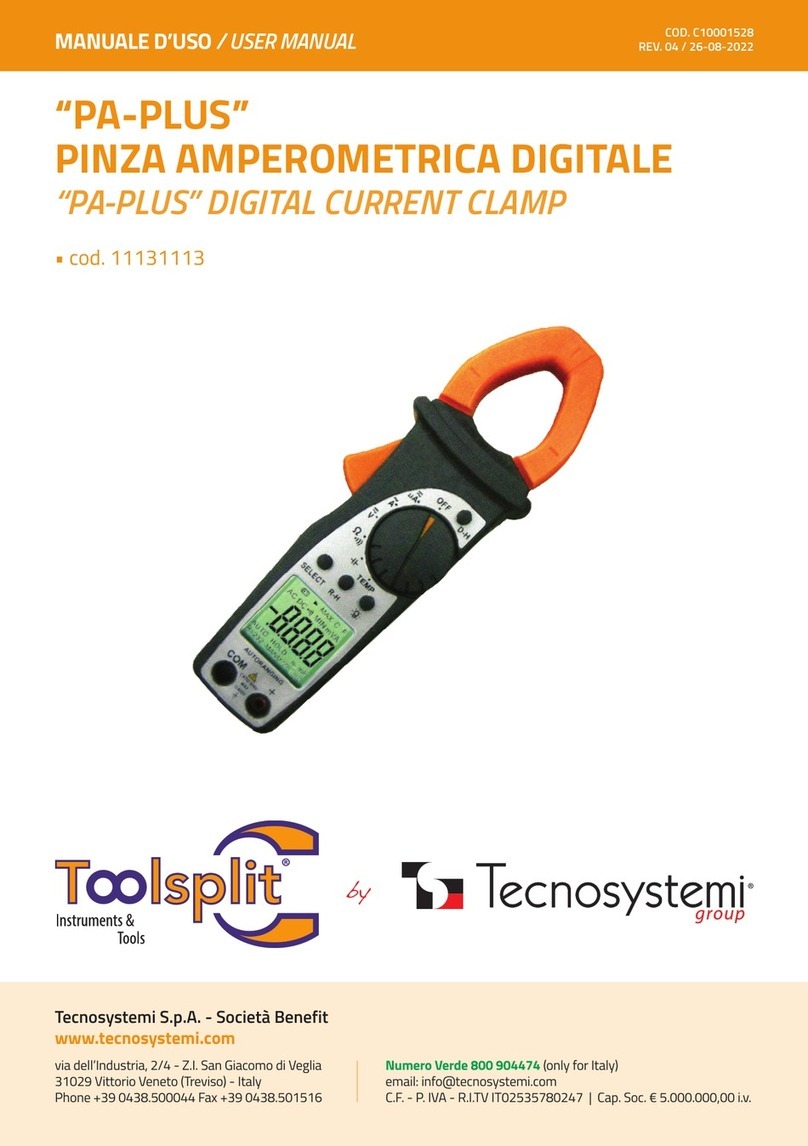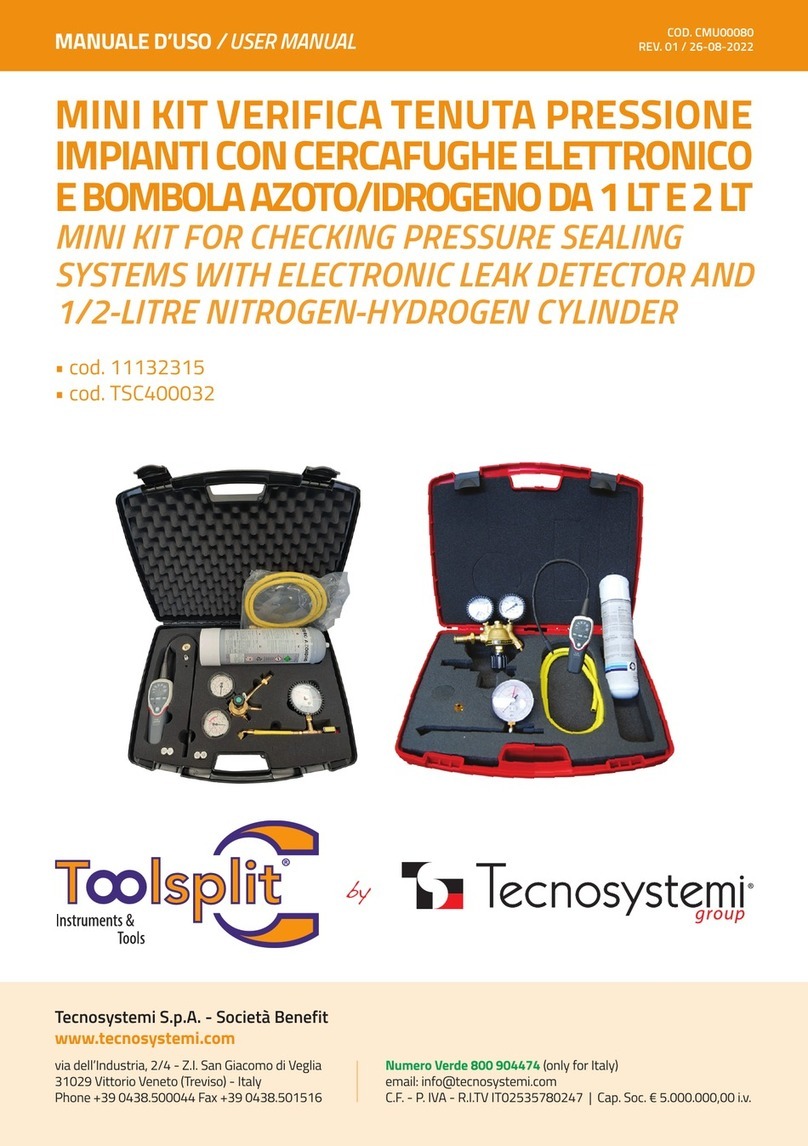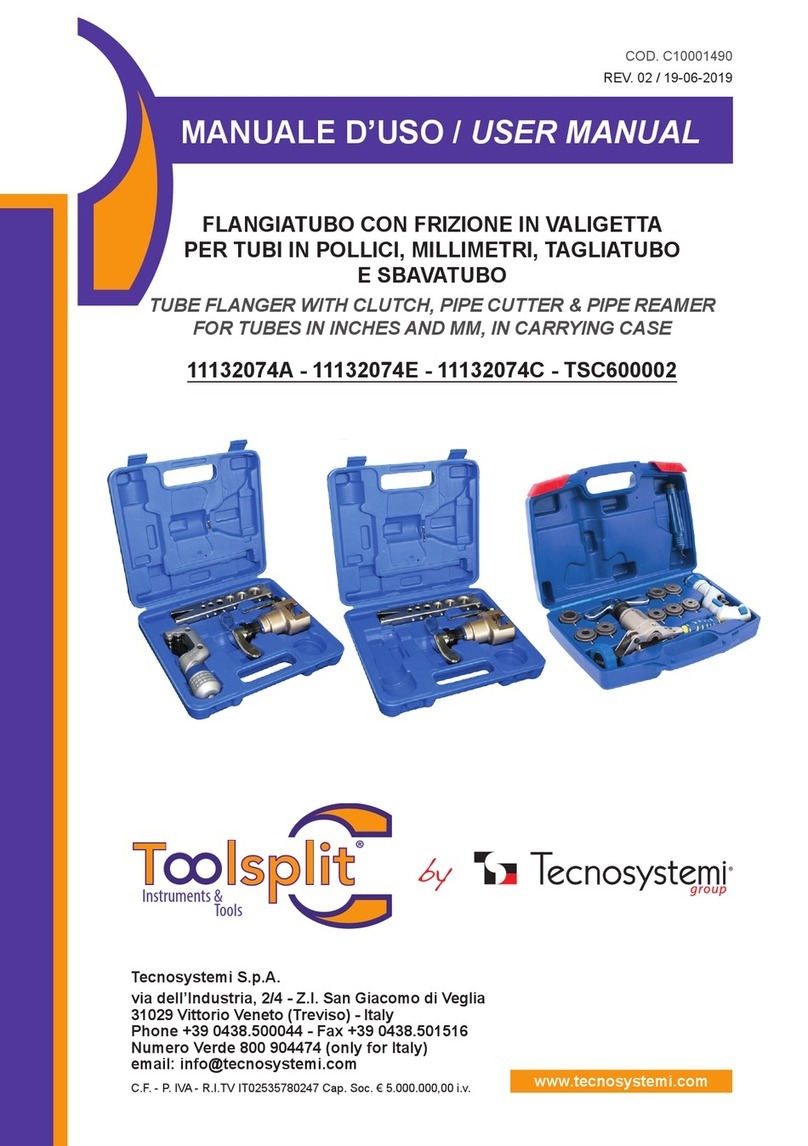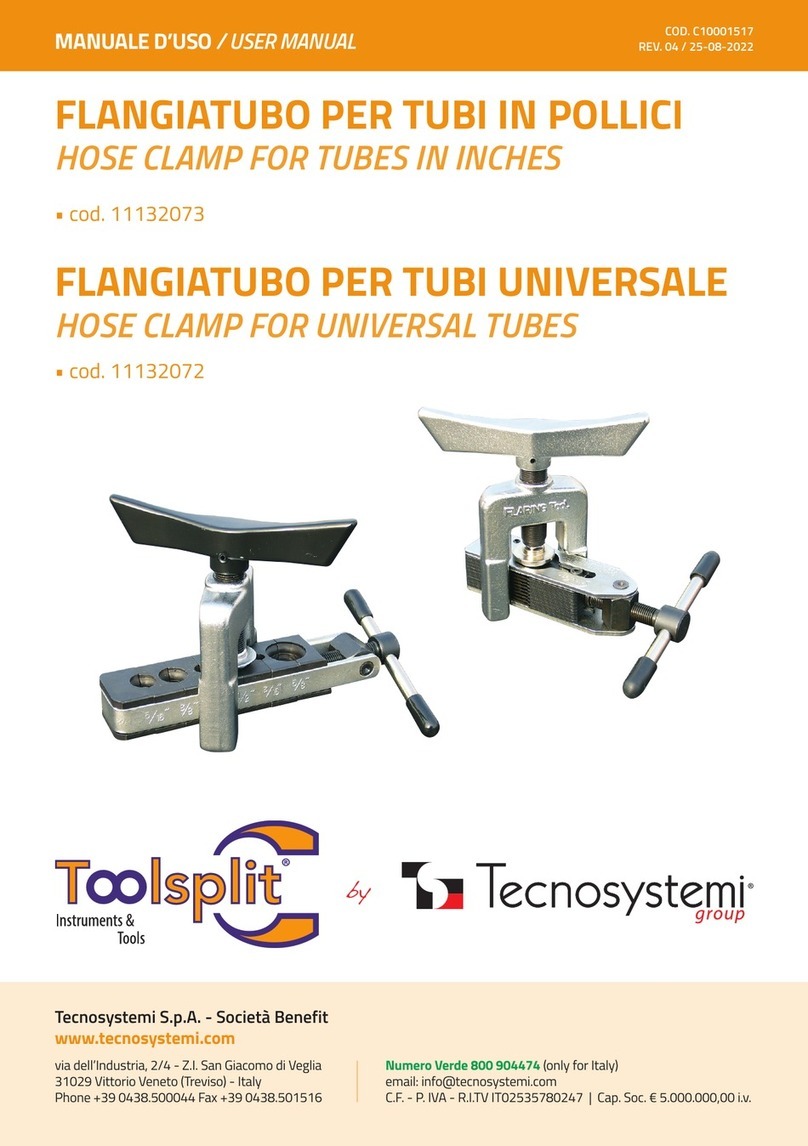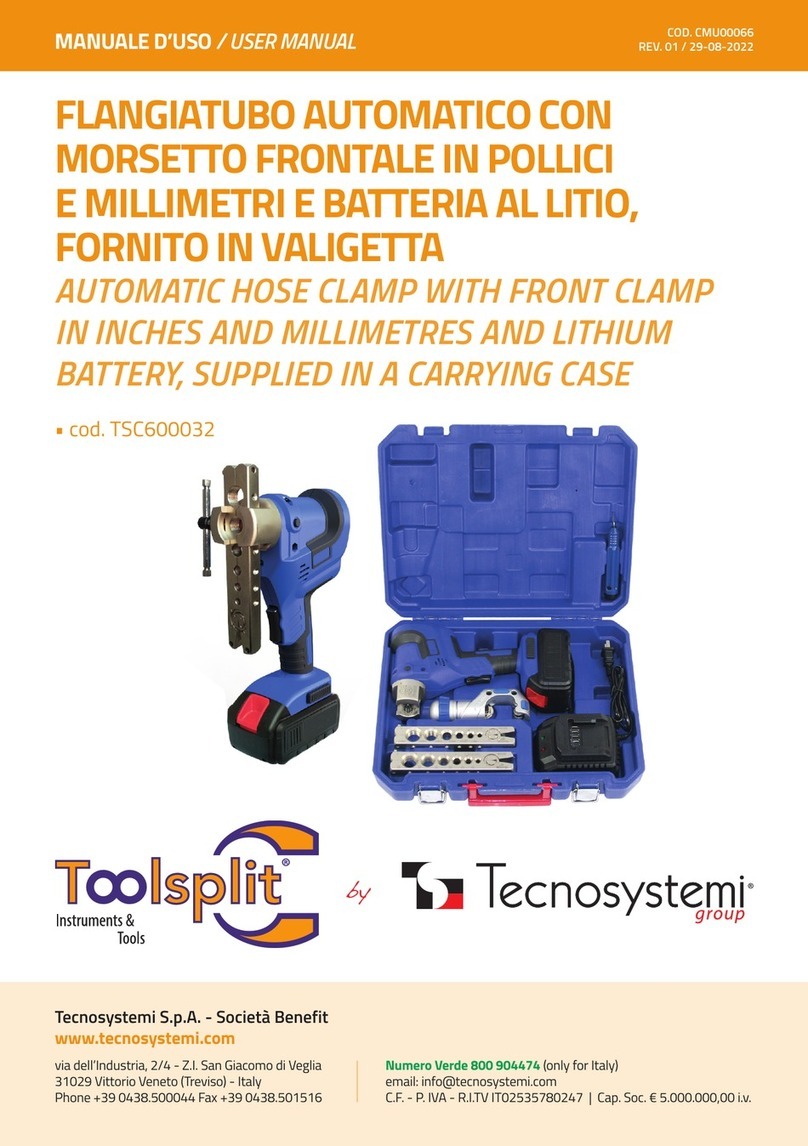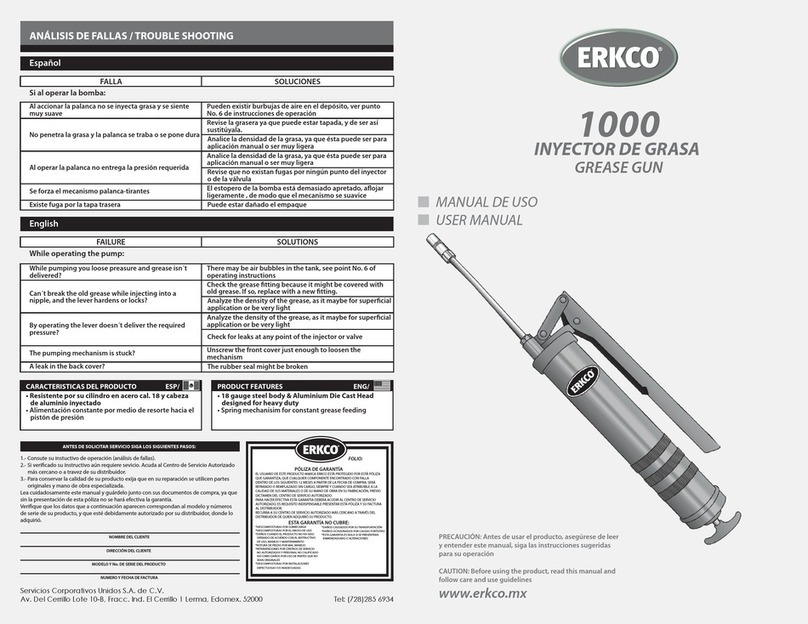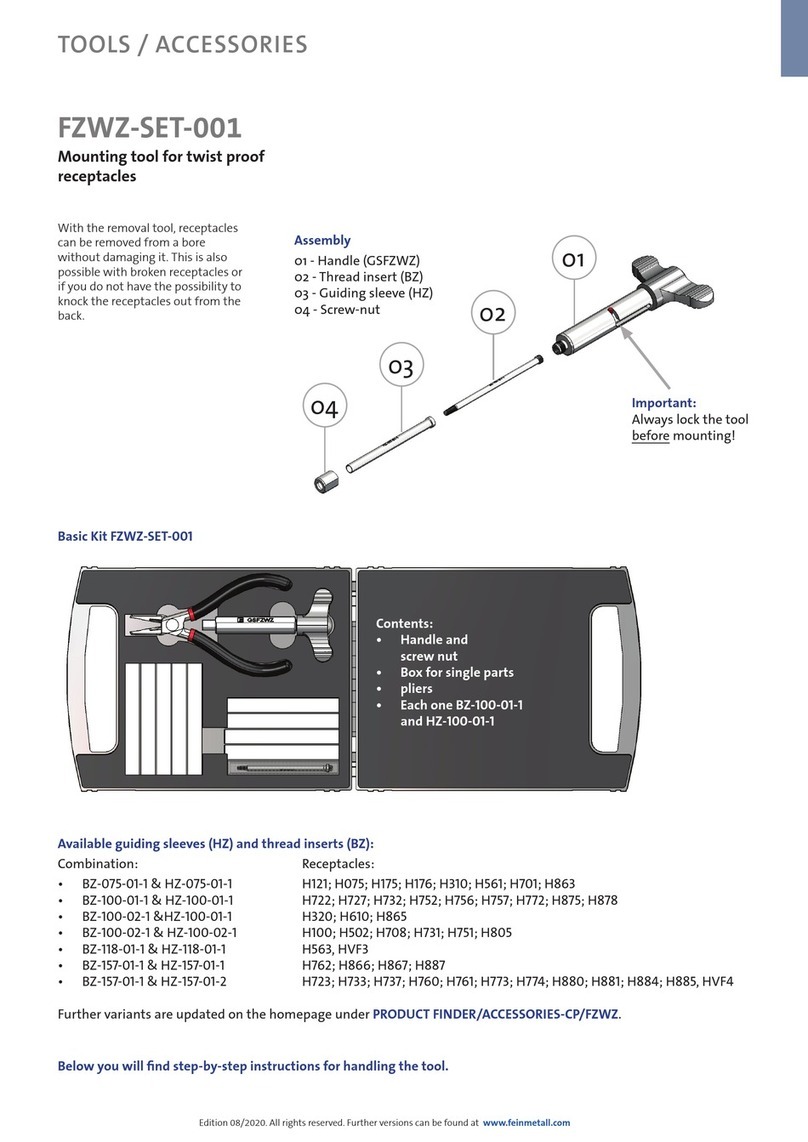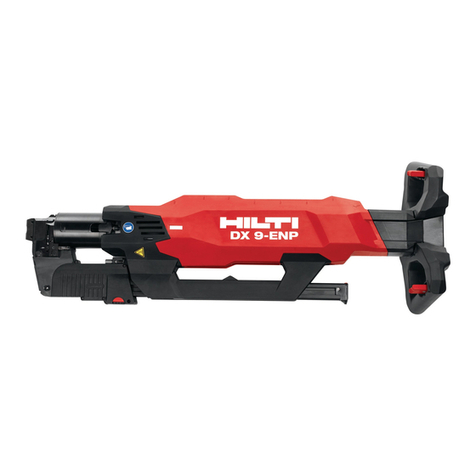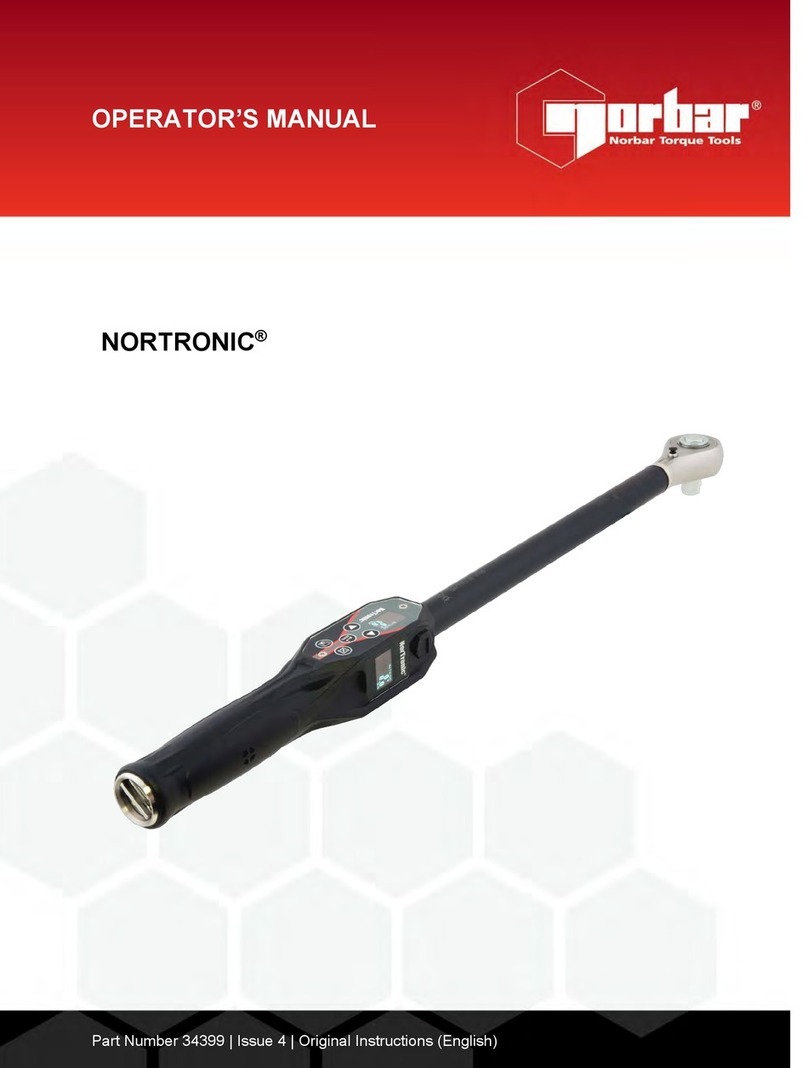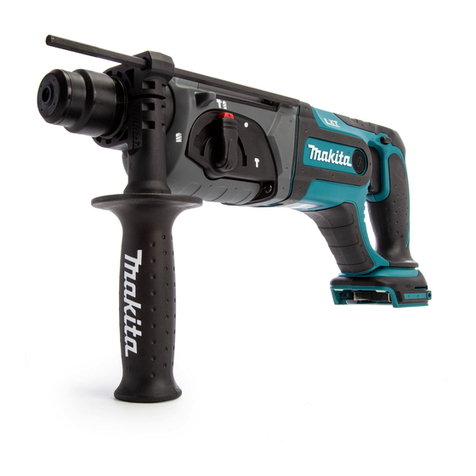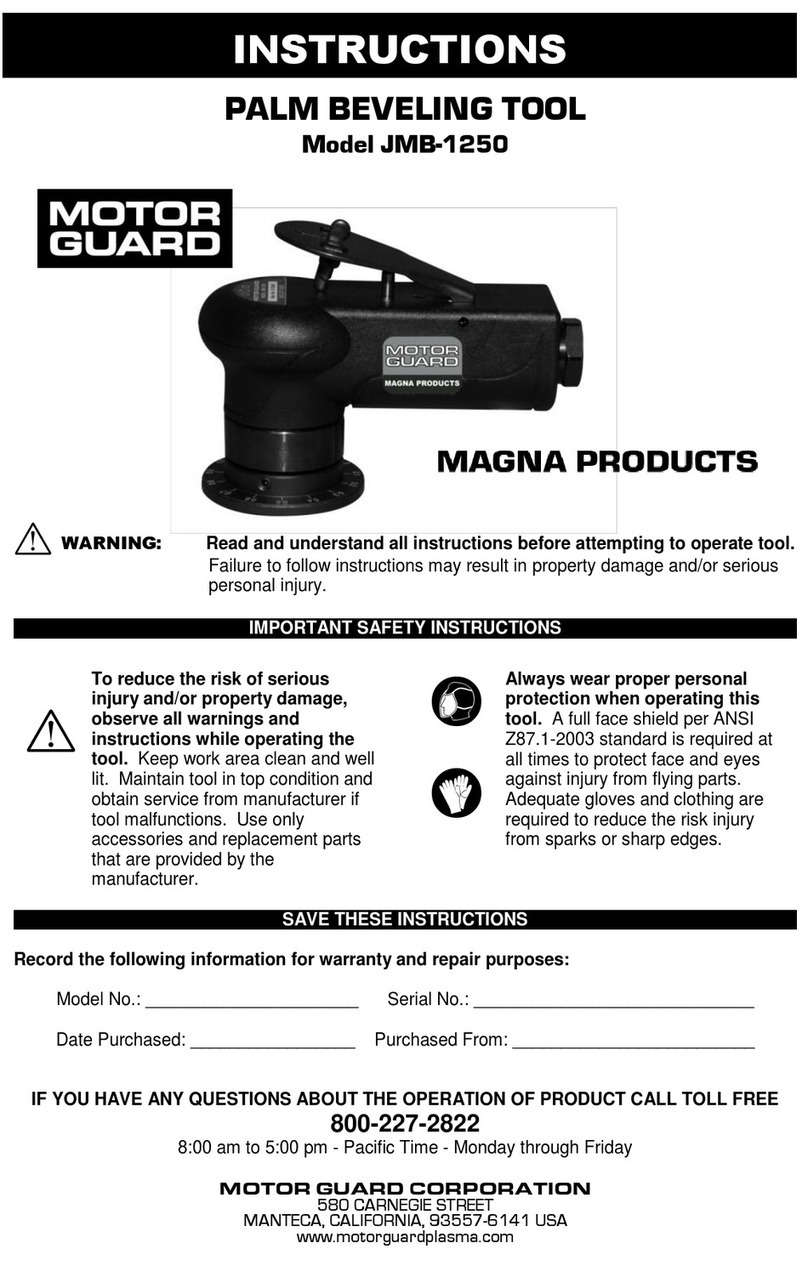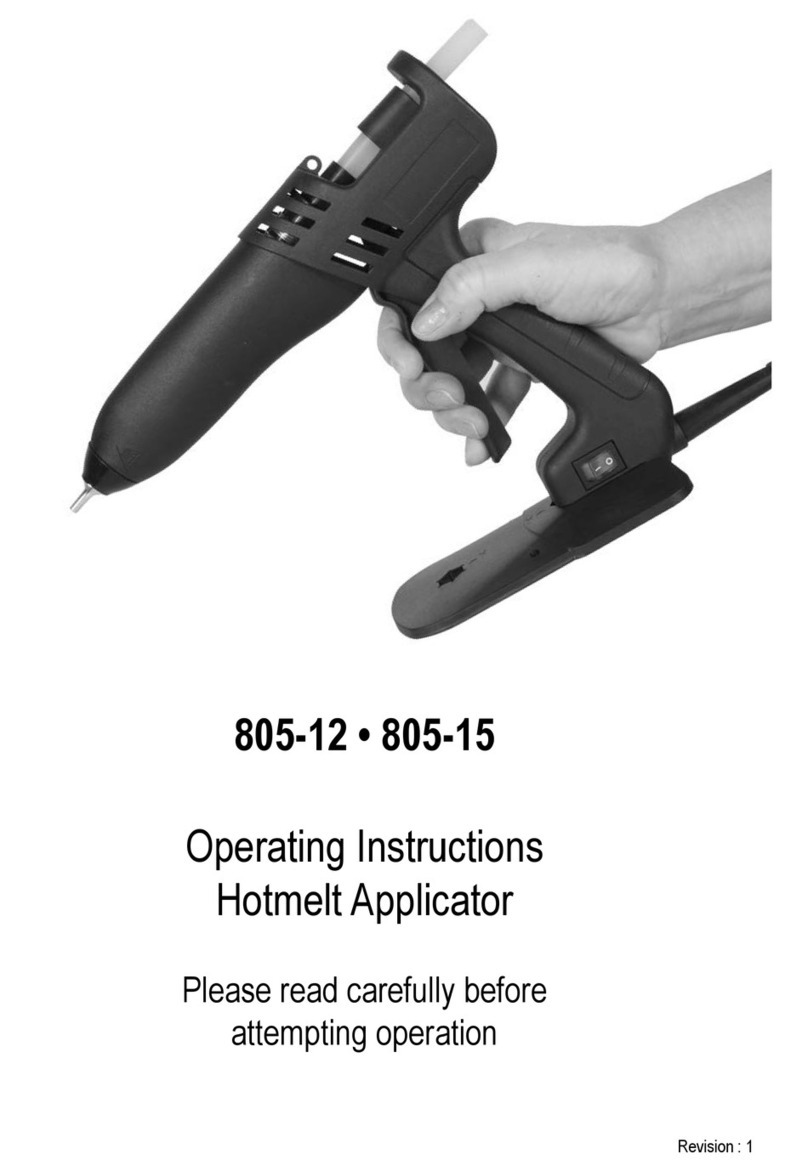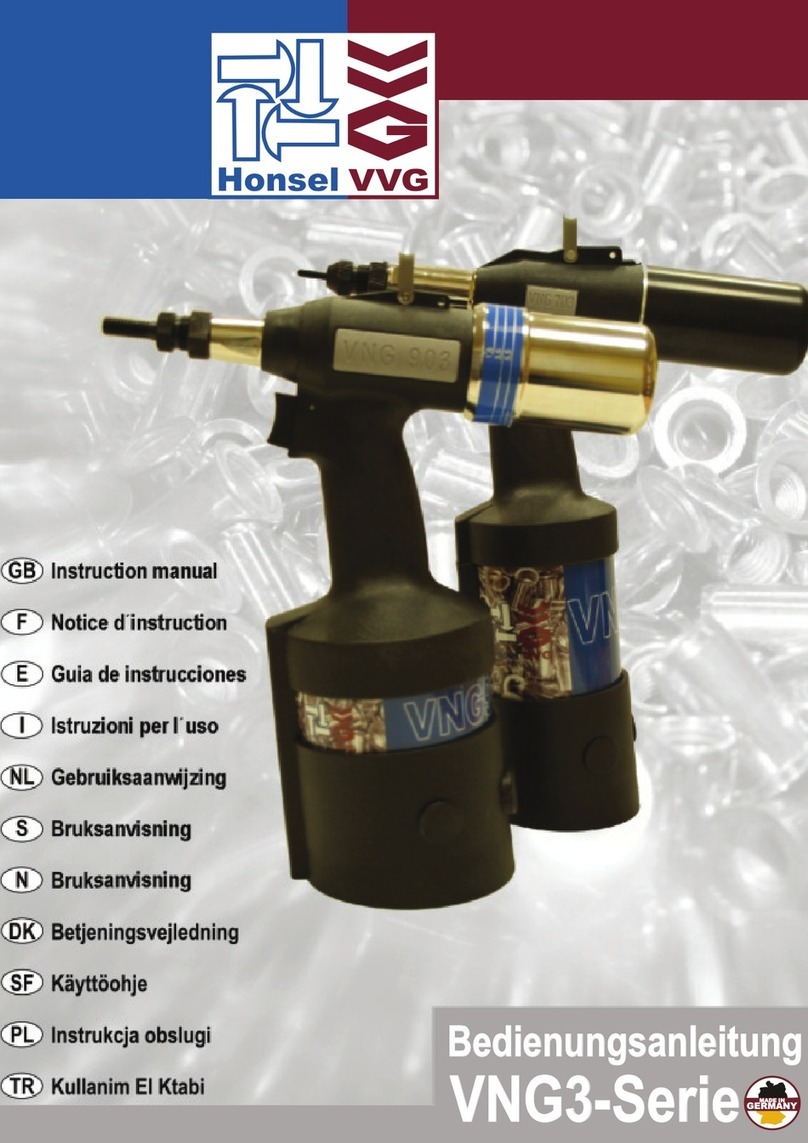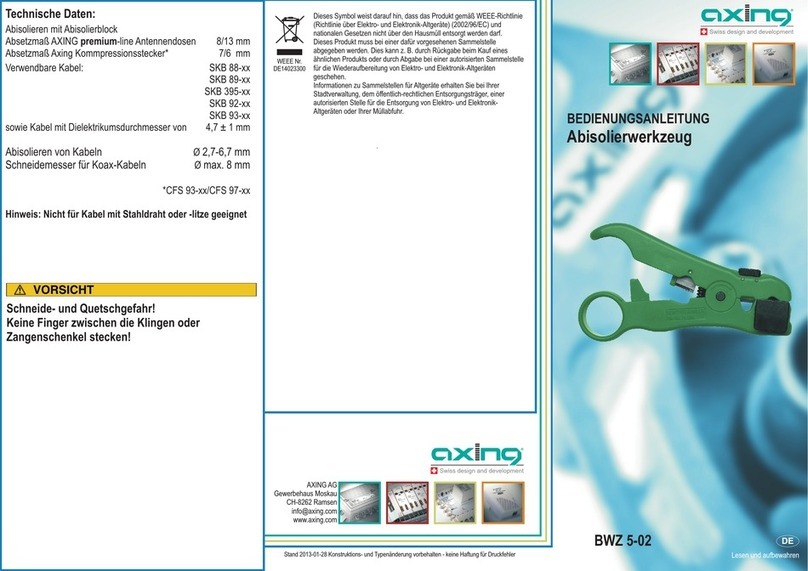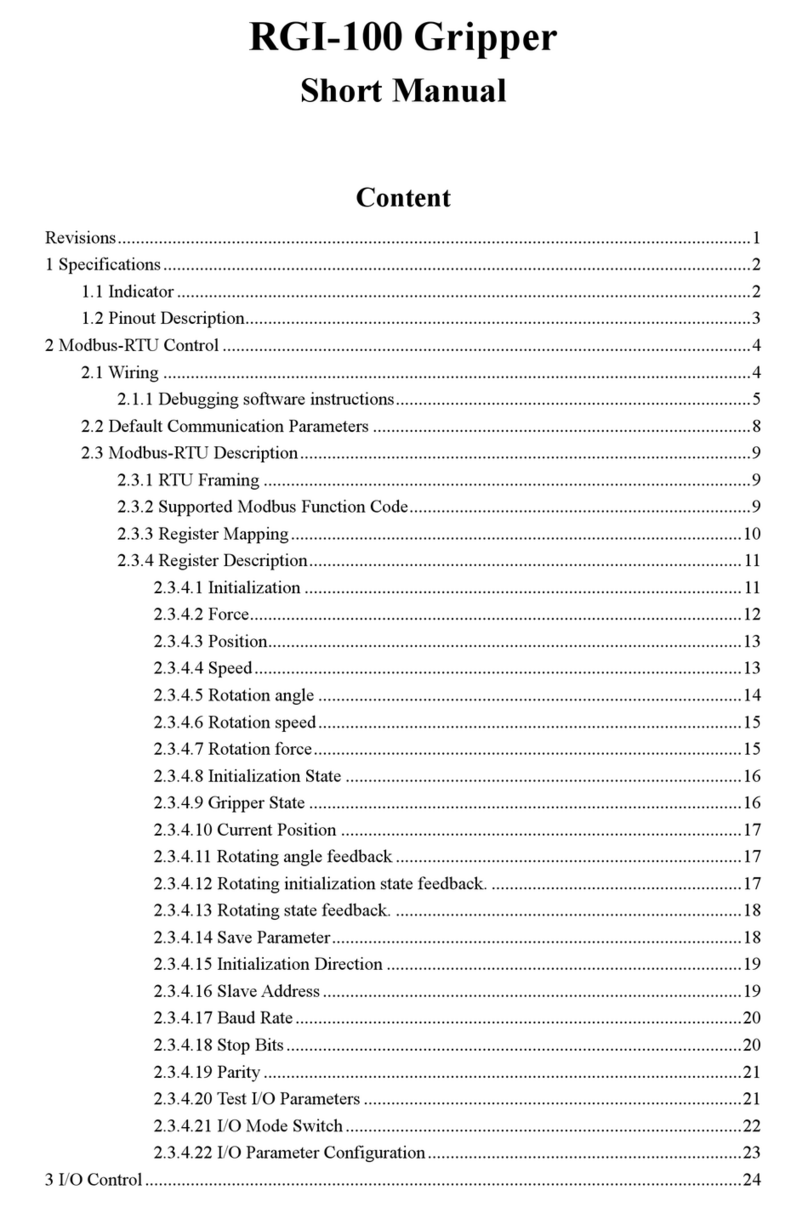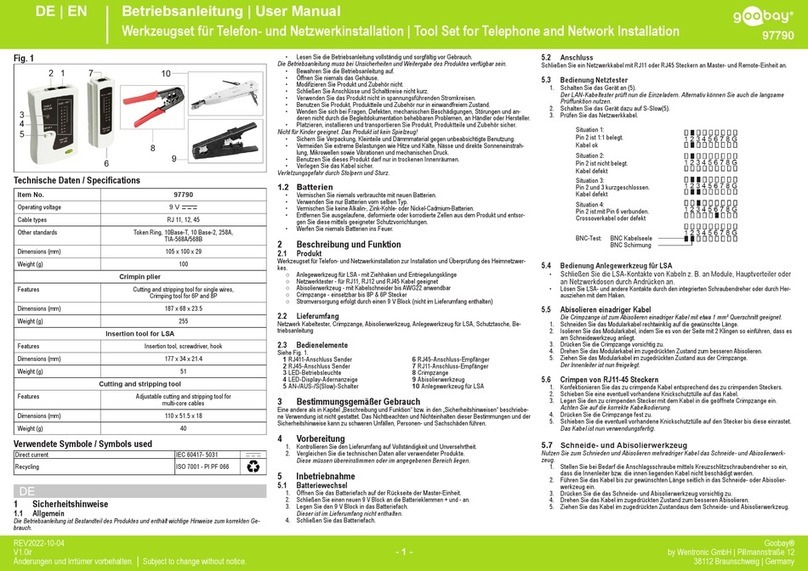
3
• Non usare il macchinario in nessun modo che potrebbe causare il blocco del motore, la produzione di fumo
o fiamme.
11) Indossare indumenti puliti.
• Non indossare cravatte, indumenti con maniche larghe, abbigliamento largo, accessori come catenine, ecc.
che potrebbero restare impigliati nelle parti rotante.
• Quando si lavora all’aperto si consiglia di indossare guanti di gomma e scarpe antiscivolo. Guanti e scarpe
scivolosi sono fonte di lesioni.
• Coprire i capelli lunghi con cappelli o reti per evitare che restino impigliati nelle parti rotanti.
• Indossare caschi di protezione, scarpe di sicurezza, ecc. conformemente all’ambiente di lavoro.
12) Non lavorare in una posizione innaturale.
• Tenere i piedi ben saldi e bilanciati per evitare di cadere o di ferirvi.
13) Rimuovere gli utensili come le chiavi.
• Prima di posizionare l’interruttore su ON, controllare che gli utensili usati per l’ispezione e la regolazione
siano stati rimossi. Usando il macchinario con gli utensili all’interno può causare incidenti e lesioni.
14) Usare il macchinario con grande cautela.
• Lavorare sempre con grande attenzione per il tipo di movimento, i metodi di lavoro e le condizioni circostanti.
Disattenzione può essere la causa di incidenti e lesioni.
• Non usare il macchinario se c’è un calo di concentrazione, per esempio quando si è stanchi, si è bevuto alcol,
si è ammalati o sotto l’effetto di medicinali, ecc.
15) Non usare il filo di alimentazione in modo improprio.
• Non trasportare il prodotto con il filo e non tirarlo dalla presa usando il filo.
• Non riporre il filo accanto ad oggetti caldi, grassi e oli, taglierini o oggetti con bordi affilati.
• Assicurarsi di non calpestare e tirare il filo e di non applicare una forza non necessaria che potrebbe
danneggiarlo.
Possono verificarsi scosse elettriche o corti-circuito che provocano incendi.
16) Eseguire una manutenzione quotidiana.
• Seguire le indicazioni sul manuale d’uso per cambiare accessori e componenti.
• Controllare periodicamente il filo di alimentazione e la spina. Qualora fossero danneggiati consultare il
rivenditore o il nostro reparto ricambi.
• Se si usa una prolunga, controllarla periodicamente e sostituirla, qualora danneggiata.
Se si usano prolunghe all’esterno, assicurarsi di usare prolunghe idonee per prevenire scosse elettriche,
corti-circuito o incendio.
• Tenere gli elementi di blocco asciutti e puliti e privi di olio e grasso. Lo scivolamento può causare ferite.
17) Controllare i pezzi danneggiati.
• Prima di usare il macchinario, controllare accuratamente la presenza di danni alla scocca di protezione o
altri pezzi e controllare sia il normale funzionamento sia le funzioni specifiche.
• Controllare la presenza di eventuali anomalie, come nella regolazione delle parti mobili, il serraggio, danni ai
componenti e tutto ciò che riguarda il funzionamento.
• Non usare il macchinario se non funziona il tasto di accensione e spegnimento.
• Per sostituire o riparare una scocca rotta o altri pezzi, seguire il manuale d’uso. Se non vi sono istruzioni
specifiche sul manuale, consultare il rivenditore oppure il nostro servizio ricambi.
18) Conservare accuratamente il macchinario quando non viene usato.
• Conservarlo in un luogo asciutto lontano da bambini e sotto chiave.
19) Per la revisione o la riparazione del macchinario, chiedere ad un agente REX.
• I nostri prodotti sono conformi alle norme sulla sicurezza pertinenti. Non apportare modifiche.
• Chiedere assolutamente al rivenditore o al nostro reparto vendite per qualsiasi riparazione. Nel caso in cui
le riparazioni siano eseguite da personale non qualificato e non addestrato, la prestazione del macchinario può
essere influenzata negativamente e causare incidenti o lesioni.
